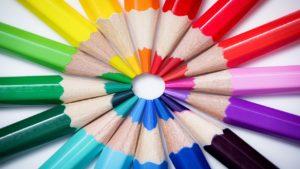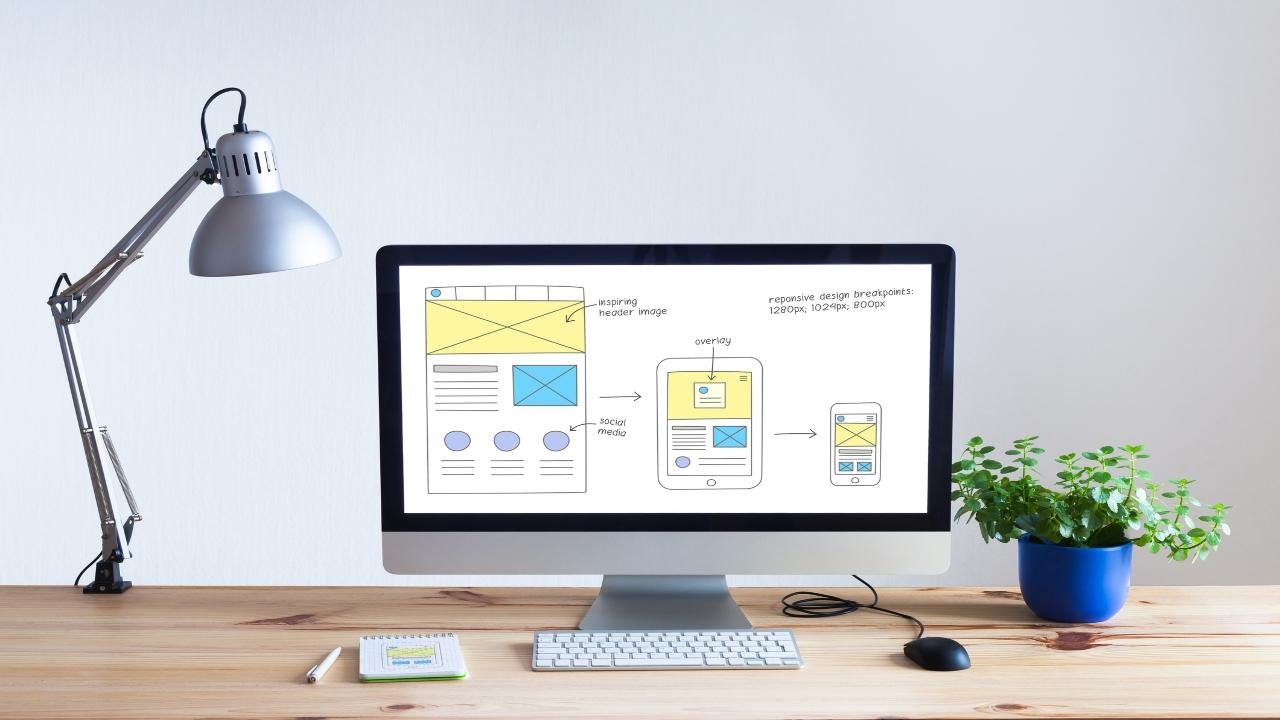If you’re thinking of pursuing a career in graphic design, you may not be aware of how many options you have at your disposal. There are so many paths to take under the graphic design umbrella, with the opportunity to work as both an independent freelancer and a team member within a firm. Let’s take a closer look at what it might be like to work as a Layout Designer after training. Keep reading to learn what layout designers do, what sort of skills you’ll develop in training, and what best practices to keep in mind.
Train online or on-campus for a job that pays more and means more.
Considering a career change?
What Do Layout Designers Do?
Layout designers are graphic artists who are primarily responsible for arranging web pages in a balanced, eye-catching way. Part of their job is to ensure that they incorporate images and bodies of text in a way that makes it easy and aesthetically pleasing for website visitors to navigate. They consult with other graphic designers, proofreaders, and illustrators to ensure that the final product is error-free and attractive to viewers. They also find creative ways to incorporate ads seamlessly into web pages. There are several specific skills that will help you find success after completing your graphic design diploma program. Let’s explore them!
What Are Some Skills You Need as a Layout Designer?
As a layout designer, you’ll have to learn to manipulate a number of important visual elements to create effective web pages. Typography, for example, will be one of the most crucial elements to consider during your design process. You’ll need to be familiar with different font types and understand how each one will affect your design. You’ll need to develop your understanding of artistic elements and principles, which include line, color, space, balance, harmony, and variety, to name a few. In addition, you’ll need to have drawing skills in order to be able to express your ideas on paper during the brainstorming stage.
When it comes time to begin the design process, you’ll use software like Adobe Photoshop, Illustrator, InDesign, and Quark. All of these skills are highly trainable; if you’re not yet confident in your understanding of any of the competencies listed above, there’s no need to worry. You’ll have plenty of opportunities to hone your skills during our graphic design course.

During your graphic design career, you’ll need to understand artistic elements and principles, and design software
Best Practices to Keep in Mind for Your Graphic Design Career
Throughout your graphic design career, try to remember some of these tips in order to excel in your layout design position. While you formulate ideas during the beginning stages of a project, try making a mood board based on client requests. Mood boards are an arrangement of images, text, and materials used to evoke a particular style or vision–they work perfectly as a form of brainstorming. It’s an excellent starting point for collecting ideas and ensuring that you’re on the same page with clients.
When you move on to the design phase, be sure to play around with negative space to avoid excessive clutter. That being said, try your best to create visual interest with contrast, and don’t be afraid of experimenting with the rules. In our design programs, you’ll receive a solid understanding of colour theory, composition, the use of graphic design software, and how to meet the expectations of clients.






